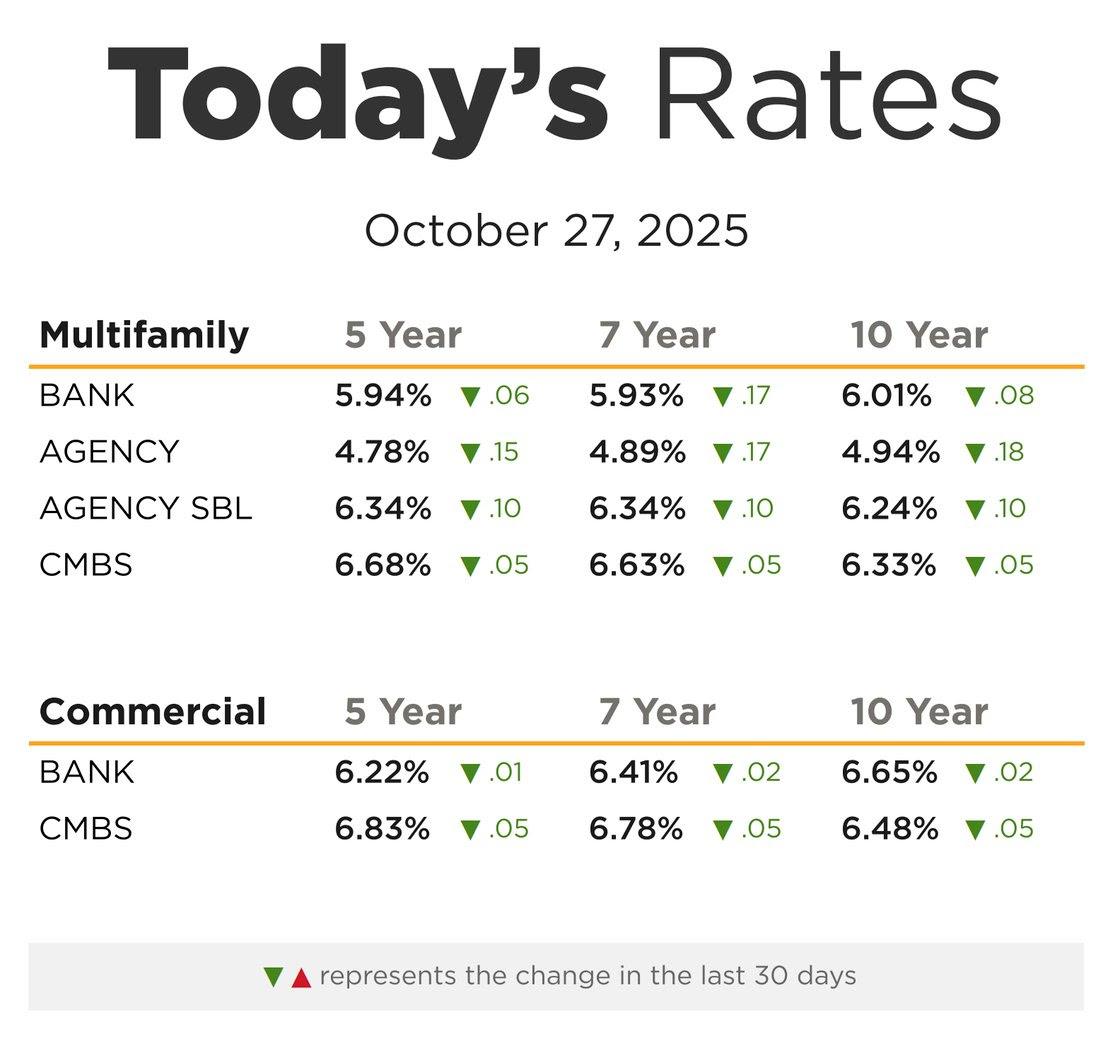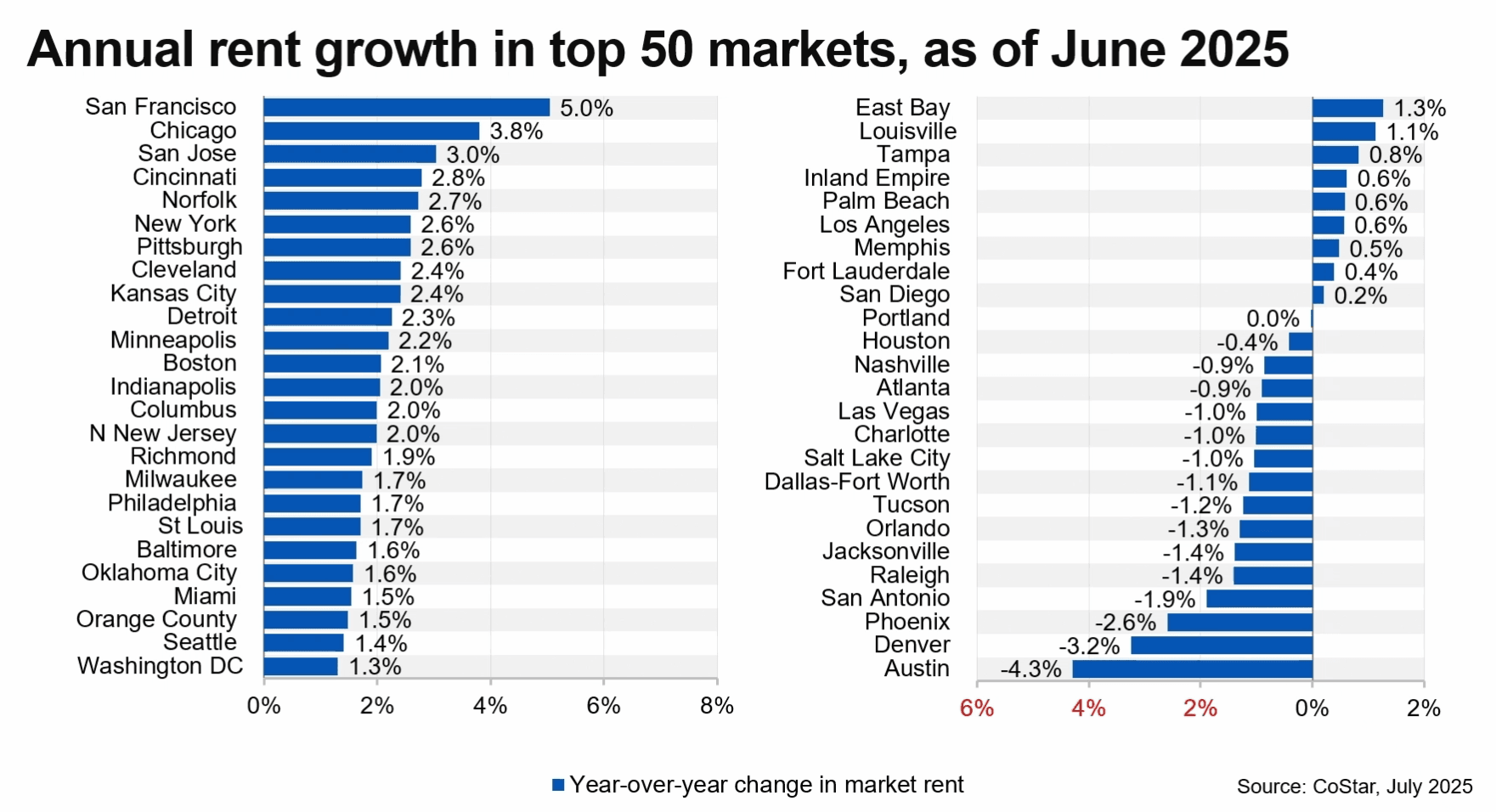The National Multifamily Housing Council’s Quarterly Survey of Apartment Market Conditions shows a mixed bag of market conditions as of January, based on responses from multifamily professionals.
The Sales Volume Index came in at 53, above the survey’s “break-even level” of 50, while the Equity Financing Index came in at 58. At 43, the Market Tightness Index indicated ongoing weakness, while the Debt Financing Index (49) showed little change from last quarter.
“We are continuing to observe a tale of two markets during the COVID-19 pandemic,” says NMHC chief economist Mark Obrinsky. “Despite higher vacancy and lower apartment rent growth overall, this weakness has been largely concentrated in high-cost urban areas. Many suburban areas, on the other hand, continue to benefit from an influx of ex-urbanites.”
The Market Tightness Index rose from 35 to 43 from one quarterly survey to the next but remained below the break-even point. Only 16% of respondents reported tighter market conditions than three months earlier, while 30% reported looser conditions and 53% reported no difference.
“Another silver lining to be gleaned from [January’s] survey is that less than a third of respondents actually reported looser market conditions, compared to 49% of respondents in October, 71% of respondents in July, and 82% of respondents in April,” Obrinsky says. “Instead, a majority of respondents (53%) thought that market conditions were unchanged, suggesting that we may be nearing an inflection point in the market for apartment residences.”
The Sales Volume Index fell from 72 in October to 53 in January, still marking the second-best reading in this index in 2 1/2 years. Over one-third of respondents (35%) reported higher sales volume than three months previous, while 29% indicated lower volume and 31% reported sales volume was unchanged.
The Equity Financing Index fell from 62 in October to 58 in January. Twenty-four percent of respondents said that equity financing was more available than in the previous three months, while 8% said it was less available and 52% reported no change. The Debt Financing Index fell from 73 to 49 over the same period; 22% of respondents reported better conditions for debt financing, while 24% reported worse conditions and 46% reported conditions were unchanged.
An additional question in this quarter’s survey asked respondents how they planned to adjust their investment strategies, given weakness in top-tier markets. Very few—only 8% —said they plan on disinvesting in these markets. Twenty-three percent said they will continue to invest in these markets, while 48% said they are “investing carefully” and 24% have adopted a “wait and see” strategy.
Receive Market Insights
Periodic analysis on rents, pricing, cap rates, and transaction activity across Chicago and key suburban markets.



